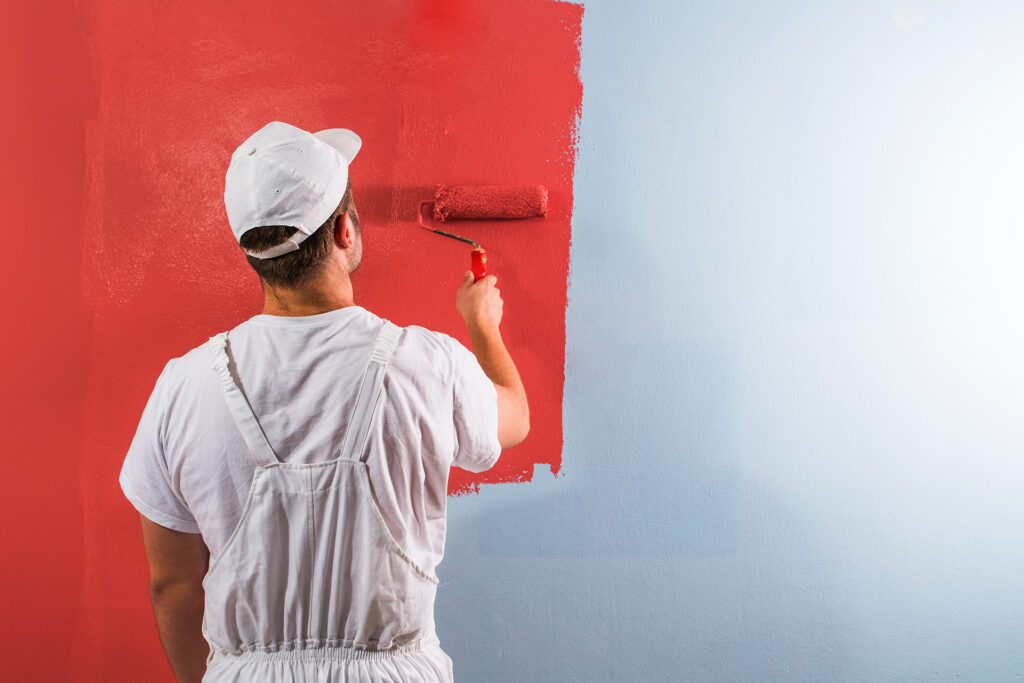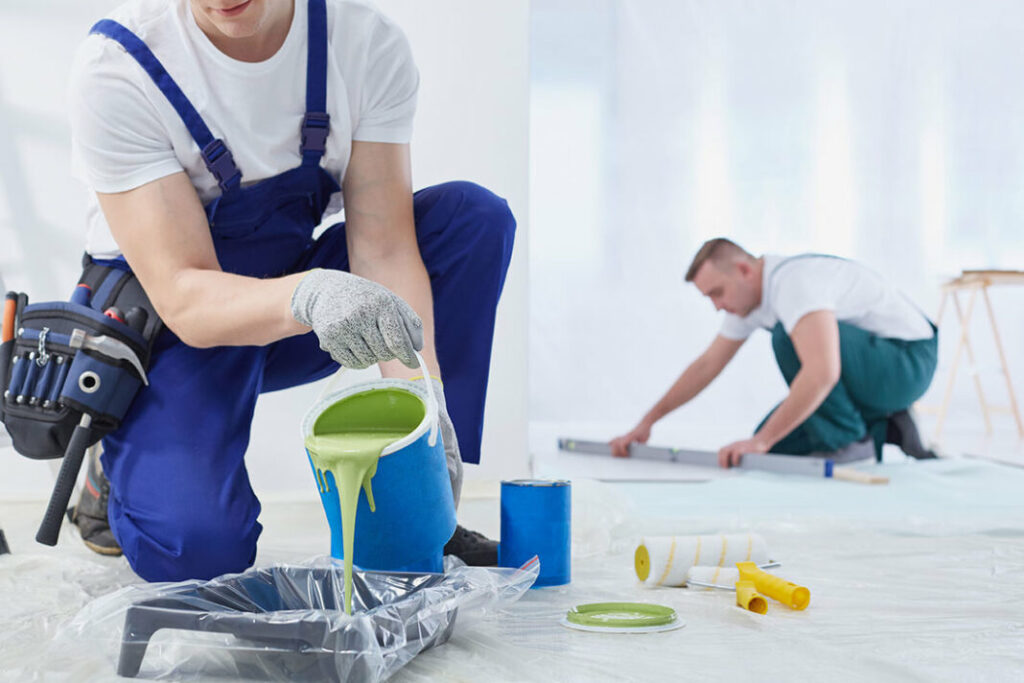
In the realm of interior design, few elements wield as much power as a fresh coat of paint. The colors we choose for our walls can transform a space, evoke emotions, and reflect our style. Whether you aim for serene tranquility in the bedroom, vibrant energy in the living room, or cozy warmth in the kitchen, mastering the art of interior painting is essential. In this comprehensive guide, we’ll delve into the intricacies of selecting colors, preparing surfaces, and executing flawless paint applications for every room in your home.
Understanding Color Psychology for Interior Painting
Before dipping your brush into a can of paint, it’s crucial to understand the psychological effects that different colors can have on a room. Warm tones like reds, oranges, and yellows can create a sense of coziness and intimacy, perfect for gathering spaces like living rooms and dining rooms. Cool hues such as blues, greens, and purples evoke calmness and serenity, making them ideal for bedrooms and bathrooms. Neutral colors like whites, grays, and beiges provide a versatile backdrop that complements any style and can be used throughout the home.

Choosing the Right Color Palette
When selecting colors for each room, consider factors such as the room’s function, natural light exposure, and existing decor. For example, a small bedroom might benefit from light, airy colors to create a sense of spaciousness, while a large, open living room could accommodate richer, more saturated hues. Take inspiration from your surroundings, such as artwork, furniture, or textiles, to create a cohesive color scheme that ties the room together.
Preparing Your Space
Proper preparation is key to achieving a flawless paint finish that lasts. Start by clearing the room of furniture and other obstacles, and protect floors and furnishings with drop cloths or plastic sheeting. Next, inspect the walls for any imperfections such as cracks, holes, or peeling paint, and repair them using a spackle or joint compound. Sand down rough spots and wipe away dust and debris to ensure a smooth, clean surface for painting.
Tools of the Trade
Investing in high-quality painting tools can make all the difference in achieving professional results. Essential supplies include paintbrushes in various sizes for cutting in edges and corners, rollers for covering large areas quickly and evenly, painter’s tape for crisp, clean lines, and trays for holding paint. Additionally, consider using extension poles to reach high ceilings or walls without the need for a ladder, and don’t forget to wear protective gear such as gloves, goggles, and a respirator mask when working with paint and chemicals.
Techniques for Success
Now that your space is prepped and your tools are at the ready, it’s time to dive into the painting process. Start by cutting in around the edges of the room with a brush, and carefully painting along trim, ceilings, and corners. Use long, smooth strokes to apply paint evenly, and be sure to feather out any brush marks for a seamless finish. Once the edges are done, use a roller to fill in the larger areas, working in small sections and overlapping each stroke slightly to avoid lap marks.
Finishing Touches
Once the paint has dried completely, assess the room for any touch-ups or imperfections that may need to be addressed. Use a small brush to carefully fix any drips, smudges, or missed spots, and remove the painter’s tape slowly and carefully to avoid damaging the paint. Finally, replace furniture and decor, and step back to admire your handiwork. The transformation that a fresh coat of paint can bring to a room is truly remarkable, and with the right techniques and a little bit of creativity, you can master the art of interior painting for every room in your home.
Conclusion
Home Pro Master specializes in delivering expert Interior Painting Services, ensuring your home receives a flawless transformation with every brushstroke. In the world of interior design, few elements have the power to make a statement quite like color. From bold accent walls to subtle neutral tones, the colors we choose for our walls can set the mood, define the style, and transform the atmosphere of a room. By understanding the principles of color psychology, selecting the right color palette, and mastering the techniques of interior painting, you can create spaces that are as beautiful as they are functional. So grab your paintbrushes, unleash your creativity, and get ready to splash some color onto the walls of your home.





